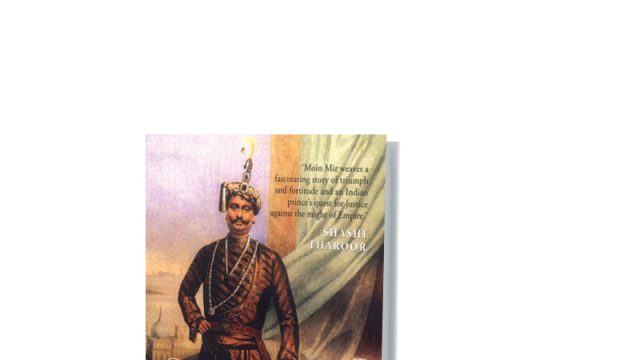Tales of the Raj tend to be rather one-sided. The eulogies talk of civilising a medieval part of the world with a unifying language, roads, railways, modern education, administration, justice and more. But when the critics weigh this against human lives lost in India and the inhumanity of the World Wars, the treatment of soldiers in the Afghan Wars, etcetera, etcetera, there is much for the blood to boil and keep simmering.
But the lost story of Surat, told by Moin Mir, shines like a many-faceted diamond heaved from the depths of a coal mine. Is it a coincidence that almost 80 per cent of the world’s diamonds are faceted and polished in Surat today ? Like a good historian, Mir sizes all the protagonists with a fair and equal measuring rod before the heroes stand taller than the villains.
The East India Company’s initial and unexpected successes could have been celebrated under Pax Britannica or the white man’s burden to evangelise, but by the time Indians were put under the yoke and eventually exploited, and their land robbed of its riches, the Company “was not unassailably popular in England”.
What makes this book different is that the same exploitative and bulldozing Englishmen who were hated in India, failed to get justice from their fellow-colonials when tried at the asking of the Surat prince. He tried to convince John Shepherd, chairman of the East India Company, that the assurances given by Lord Wellington in the Treaty of 1800 were not honoured, but failed. The timing was right and the Houses of Parliament used the occasion to cut the corrupt Company officials to size.
Their army of 300,000 had made them the most powerful force of Hindoostan to reckon with: Mysore was annexed in 1799, Surat in 1800, Delhi in 1803. The port of Surat was important for the control of India, but what makes for a fascinating read is how the British took charge of it only to choke it later for the other colonial powers while they shifted their focus to Bombaim.
In fascinating detail the events are narrated—how Ellenborough and Arbuthnot became the Company villains by dishonouring their commitments and the sequestration of the personal estates of the Surat rulers—in line with Dalhousie and other governors general who backed the Doctrine of Lapse by which Satara, Sind and Awadh were annexed.
‘His Asiatic Highness’ Jafar Ali Khan’s amazing struggle for justice against all odds defines him as a singular hero against the colonisers. For Jafar to make it to the races in Ascot and get to meet Prince Albert and the top lawyers to fight against the Company on their homeground needed his Sufi calm as well as the sharpest sense of timing, dress, words, publicity, sympathy and finally, acclaim. To get 213 ‘Aye’s for him in a Private Bill of Parliament—out of a vote of 241 MPs, was unprecedented for an Indian prince against the world’s largest colonising company of the British Empire. Aye! Aye! Aye! history echoed, as “the hunters were now the hunted”. Despite being colonisers, the story reveals how England demonstrated that “neither Parliament nor Crown [were] deaf to the voice of reason”.
To think that the company had called Jafar one among the ‘bad mock kings’ or even ‘low born’! The real-life drama that this book contains far surpasses what the minds of fiction writers invent. Surat needs a Jafarabad to honour this forgotten hero.




